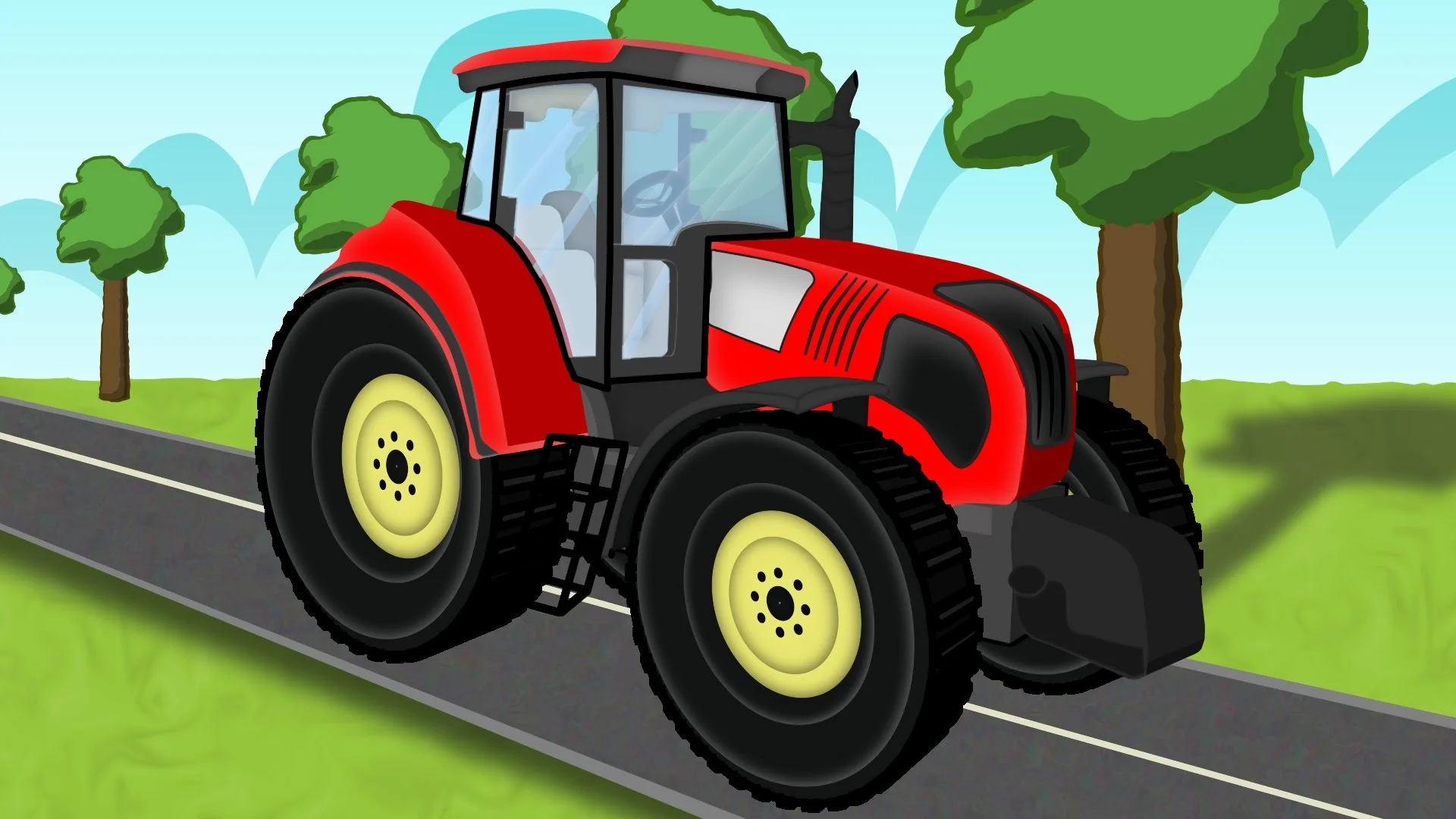The following questions should be addressed and answered within the lesson: Where does our drinking water supply come from? (Groundwater or Surface Water) Why is it important to treat drinking water? What impurities or contaminants may be found in our drinking water? What are the effects of poor water quality on human health? How can our water be made safe to drink? What is the difference between rural and urban drinking water? What is the difference between Canadian drinking water guidelines and the regulations for Drinking Water in Europe and USA?
What is Safe Drinking Water? (High School)
There are two major sources of water: Groundwater - found below the ground where it accumulates in between soil and rocks. The volume of water can range from small to very large similar to above ground creeks, rivers and lakes, found in bodies of water that resemble underground lakes called aquifers. Surface water - found on the Earth's surface in lakes, rivers, dugouts and reservoirs
Drinking water should be: Clear, Colourless, Odourless
Water Treatment Plant Question Package To Accompany Water Treatment Plant Lesson
Water Treatment Plant Answer Sheets To Accompany Water Treatment Plant Lesson
Groundwater 1. How deep down is the water intake? If it is a shallow well (less than 30 m or 100 feet) then chances are that the quality of water is very different from a deep well (can sometimes be more than 100 m deep). The water from a shallow well can often have low levels of salt and other contaminants.




